Before learning the rules of pickleball, players must first know how to hold the racket correctly. The way you hold the pickleball racket greatly affects your performance and comfort during play.
In pickleball, the three most common grips are the continental grip, the eastern grip, and the western grip. These grips all meet the needs of most players forehand, backhand, and serve. Beginners should choose a grip they are comfortable with before practicing pickleball.
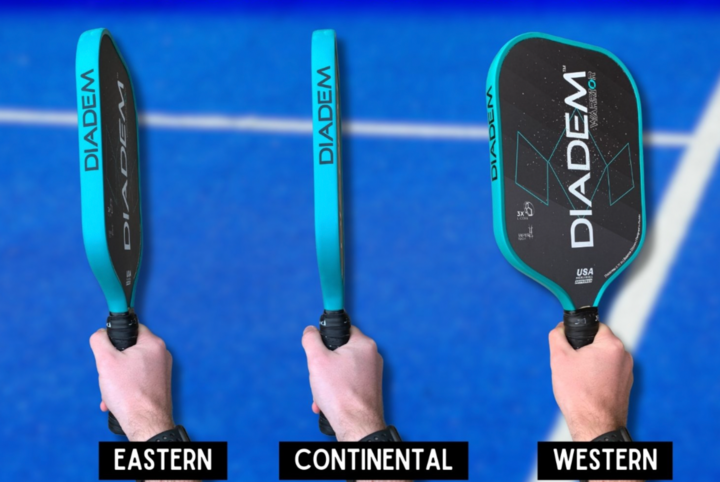
The 3 most common grips in pickleball.
Continental grip - The universal grip
The continental grip was the first tennis grip, later adopted in pickleball. This grip is used primarily for serves, volleys, smashes, forehands, and chops.
To hold the Continental, the player places his hand on the handle so that the joint between the thumb and index finger forms a "V" shape. The remaining fingers wrap around the handle. When the hand is held away from the body, the face of the racket should be perpendicular to the floor.
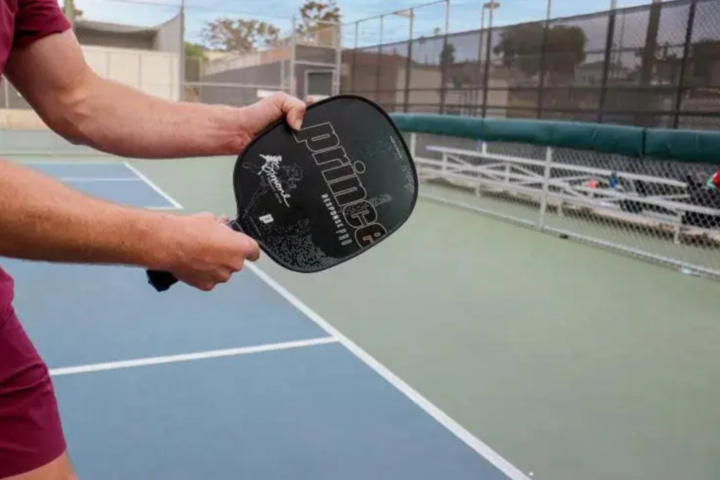
The continental grip is quite similar to holding a hammer.
The Continental grip is the most natural grip, as it is very similar to holding a hammer or a bat. The open grip of the Continental grip is suitable for volleys or situations at the net that require quick reflexes.
The downside to this grip is that the player’s wrists don’t lock naturally. It’s more difficult to get top spin. But overall, the continental grip is versatile, easy to learn, and suitable for a variety of offensive and defensive options in pickleball.
Western grip - Specialized in defense
The western grip is quite similar to the eastern grip, with the player holding the handle higher. The western grip is similar to holding a frying pan, flipping pancakes, or frying rice. When the racket hand is brought away from the body, the racket face should be parallel to the ground.
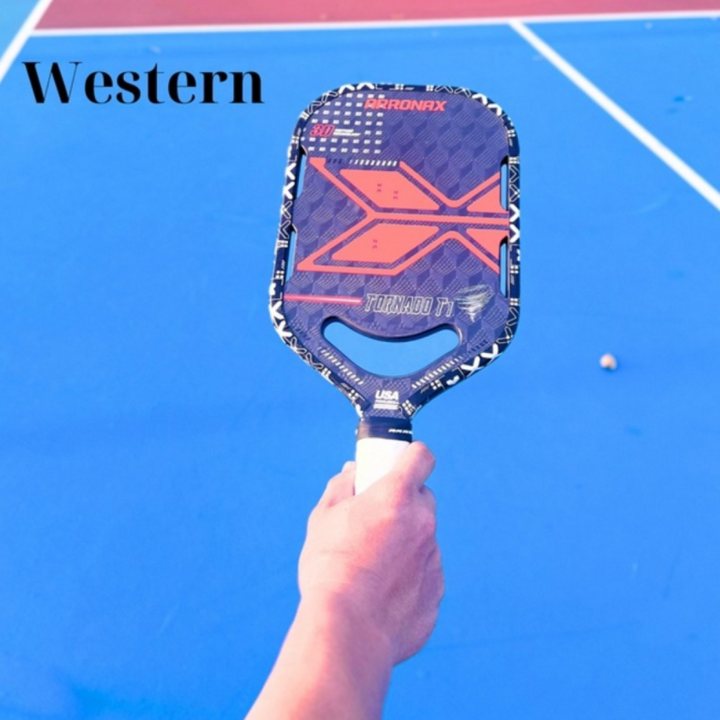
Western grip.
If you place your hand close to the racket face, you will have a better feel for the ball and can control it easily when attacked. This way of holding the racket is suitable for players who play with their backhand and like to defend well.
Eastern grip - Specialized in forehand
To hold the eastern grip, the player places the thumb on the racket, but slightly lower than with the continental grip. The tip of the thumb falls in the space between the index and middle fingers. This grip allows the player to hold the racket more firmly, thereby naturally locking the wrist.
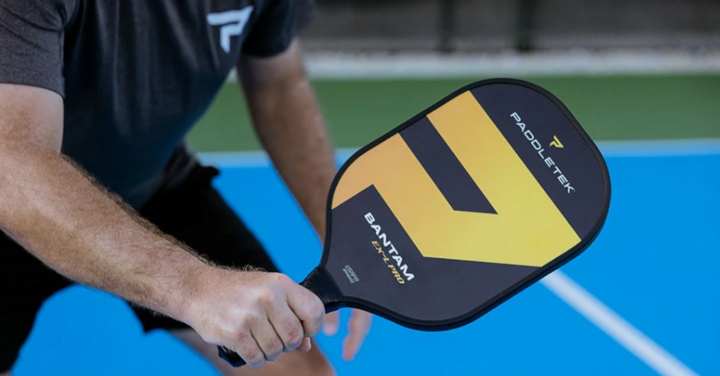
Eastern grip.
Locking the wrist allows the player to hit the ball harder, so the eastern grip is suitable for the forehand stroke. When the opponent actively defends with close-to-net chops, the player can use the eastern grip, returning the ball hard to increase the chance of winning the point.
Low and mid balls are the two best positions for an eastern grip player to hit the ball. This grip is not suitable for high balls.
Source: https://vtcnews.vn/3-cach-cam-vot-pickleball-chuan-ky-thuat-phu-hop-cho-moi-cu-danh-ar903428.html




![[Photo] General Secretary To Lam attends the 8th Congress of the Central Public Security Party Committee](https://vphoto.vietnam.vn/thumb/1200x675/vietnam/resource/IMAGE/2025/10/4/79fadf490f674dc483794f2d955f6045)
![[Photo] Solemn opening of the 8th Congress of the Central Public Security Party Committee, term 2025-2030](https://vphoto.vietnam.vn/thumb/1200x675/vietnam/resource/IMAGE/2025/10/4/f3b00fb779f44979809441a4dac5c7df)
![[Photo] Bustling Mid-Autumn Festival at the Museum of Ethnology](https://vphoto.vietnam.vn/thumb/1200x675/vietnam/resource/IMAGE/2025/10/4/da8d5927734d4ca58e3eced14bc435a3)

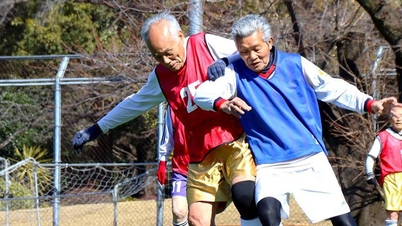





















































![[VIDEO] Summary of Petrovietnam's 50th Anniversary Ceremony](https://vphoto.vietnam.vn/thumb/402x226/vietnam/resource/IMAGE/2025/10/4/abe133bdb8114793a16d4fe3e5bd0f12)
![[VIDEO] GENERAL SECRETARY TO LAM AWARDS PETROVIETNAM 8 GOLDEN WORDS: "PIONEER - EXCELLENT - SUSTAINABLE - GLOBAL"](https://vphoto.vietnam.vn/thumb/402x226/vietnam/resource/IMAGE/2025/7/23/c2fdb48863e846cfa9fb8e6ea9cf44e7)
































Comment (0)